Redi or Not?

Words by Daniel Bosley; Pictures by Aishath Naj
With the Maldives’ recorded history stretching back just under a thousand years, more than half of the archipelago’s human inhabitation can be considered the Dhivehi dark ages.
Little remains to light the path for anyone seeking to journey back beyond the conversion to Islam in 1153, and most will return with more questions than answers (us included, it seems).
But the greater the mystery, the more the intrigue, and few stories hold as much as that of the ‘Redhin’ (or Redi) people – whose faint presence still reaches us today, like the light from a long-extinct star.
Some will have come across the term Redhin in the 1980s work of Thor Heyerdahl. After being led around a chain of so-called ‘Redhin islands’ spanning the entire length of the country, by the (extremely) well-travelled Maldivian historian Mohamed Luthufee, the Norwegian explorer became convinced he had found evidence of an advanced pre-Buddhist, and potentially sun-worshipping, tribe of early settlers.
Having made his name studying ancient seafaring migration, Heyerdahl would later be accused of overstating the role of such a group in the early settlement of the Maldives. But, regardless of the name used, or the theory applied, the stories of a tall and pale race of people – distinct from the archipelago’s later settlers – can still be heard, though the name Redhin is rarely used today.
Finding Questions
In Gaafu Dhaalu Rathafandhoo, the term ‘Holhin’ is used to refer to people buried on the nearby island of Kereddhoo, about whom little is known, other than they were ‘too tall to be Muslims’. Further down the reef, some of the many remains in the jungle of (GDh) Gan are ascribed to the Redhin, while Heyerdahl was also told of a pre-Islamic tribe of tall people ruled by a queen named ‘Khanzi’, who may have eventually been chased to nearby Vaadhoo by more aggressive settlers.
That the name Khanzi is also applied to a 16th Portuguese noblewoman shipwrecked on the same island typifies the general confusion of island history. However, research into the Maldivians’ origins by historian Naseema Mohamed suggests the attributes of European colonists are frequently ascribed to migrants from the Maharashtra region, who had in fact arrived more than 2000 years earlier. (Heyerdahl was even told that Redhin was a nickname often given to foreigners staying on the islands).
During our visit to Kereddhoo, we asked our local guide if the graves belonged to pre-Islamic groups, and were told ‘yes’. But, when we asked about rumours the people were Portuguese colonists, we were confused to hear that this was also considered to be true.
In a 2004 article, Naseema wrote: “[The ‘Redi’] were said to be tall and had long faces, blue eyes, long noses, yellow skin and brown hair”. She also noted that, compared with other groups coming from the subcontinent to settle the islands, these people would indeed have appeared tall and pale-skinned.
“The Redi according to legend, were a people who did extraordinary things…It is related in the stories that they worshipped both idols and fire. They were said to be great builders and built many large structures.”
Redi Remains
Across Huvadhu atoll in Gaafu Alif, legend says that a number of shrines (ziyaaraiy) – most now destroyed – housed the remains of a dismembered king, whom locals can only describe as ‘tall and white’.
Heading south, such tales continue. In Fuvahmulah, Heyerdahl heard talk of ancient fishermen sailing into the centre of the island (which some believe once had its own lagoon) and meeting the loin-clothed ‘people of the Hawitta’. Even as far down as Addu atoll, the many folk tales surrounding the tiny islet of Kabohera (Skull Island) often feature a tribe driven, like the Khanzi, to the outer extremes of the atoll before they disappeared forever.
What these stories all mean for Maldivian history will probably never be known. But, many questions persist about what the earliest Maldivian society may have looked like, and when it got started. What’s more, the answers to these questions may hold greater significance, indicating when humans first began crossing the Indian Ocean itself.
Did Heyerdahl find evidence of a sophisticated pre-Buddhist civilisation, hidden in the debris of HCP Bell’s Buddhist finds? Or are the so-called ‘redhin’ people just an amalgam of two millenia’s tall tales; just a red(hin) herring?
There’s no-one alive today who can answer these questions with absolute certainty. But as long as their stories continue to shimmer across the centuries there will surely be more who’ll try to shine a little light into the dark.

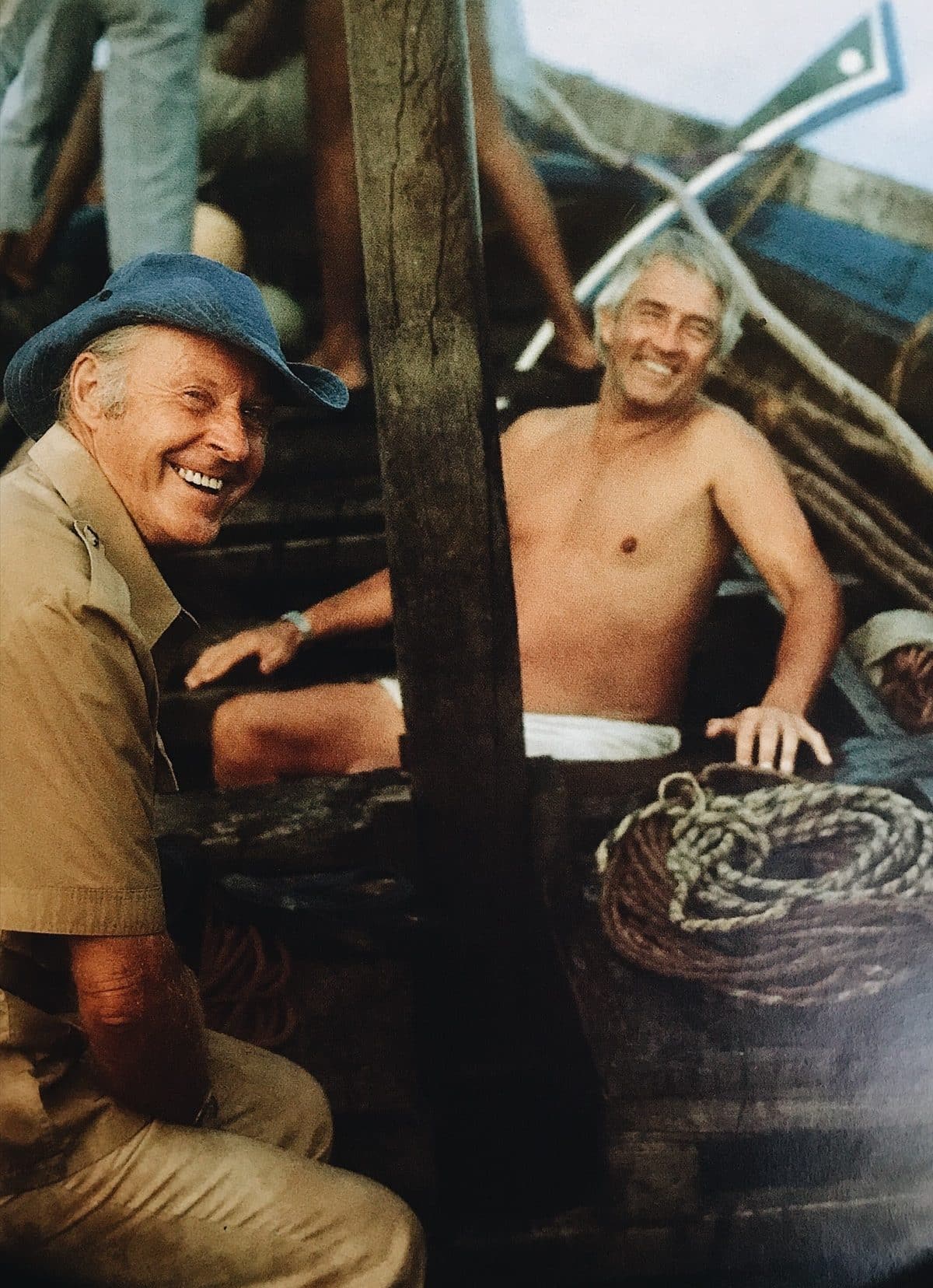
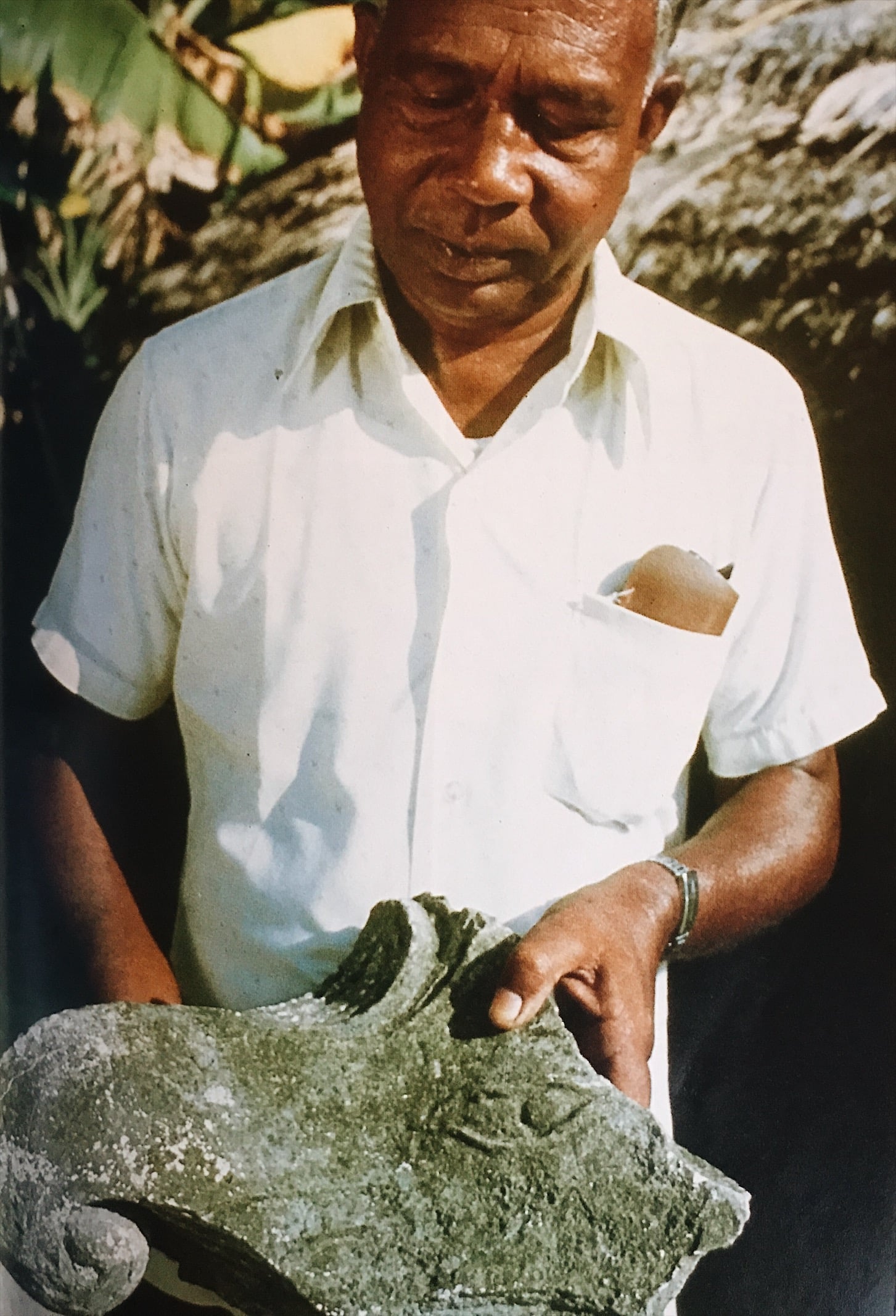
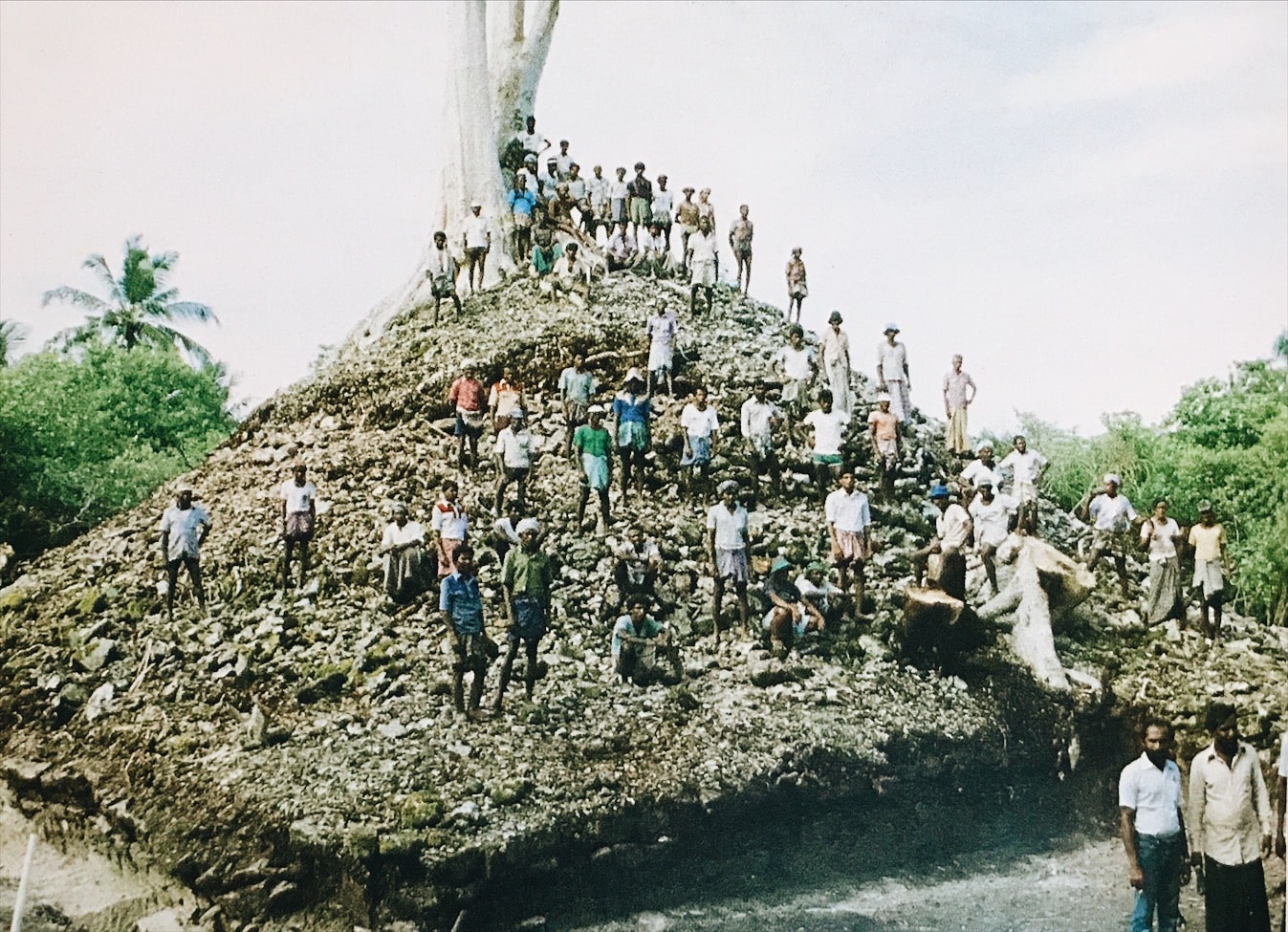
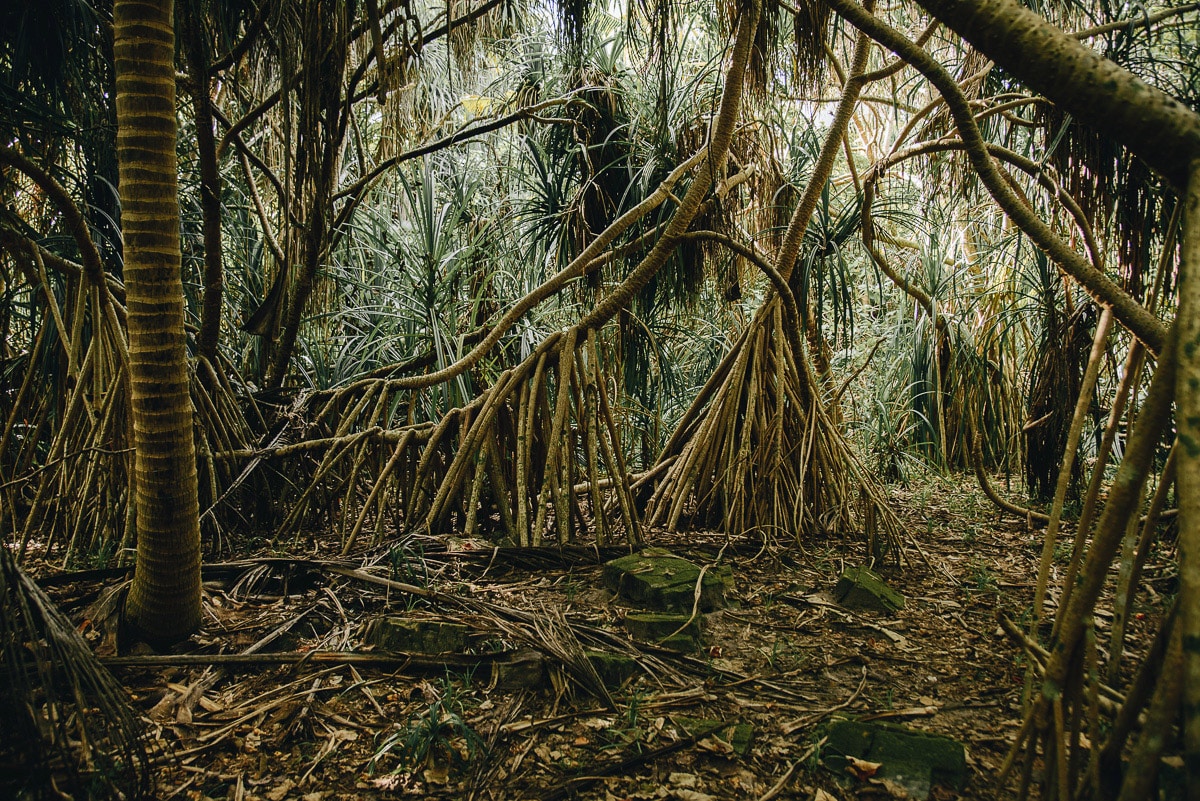
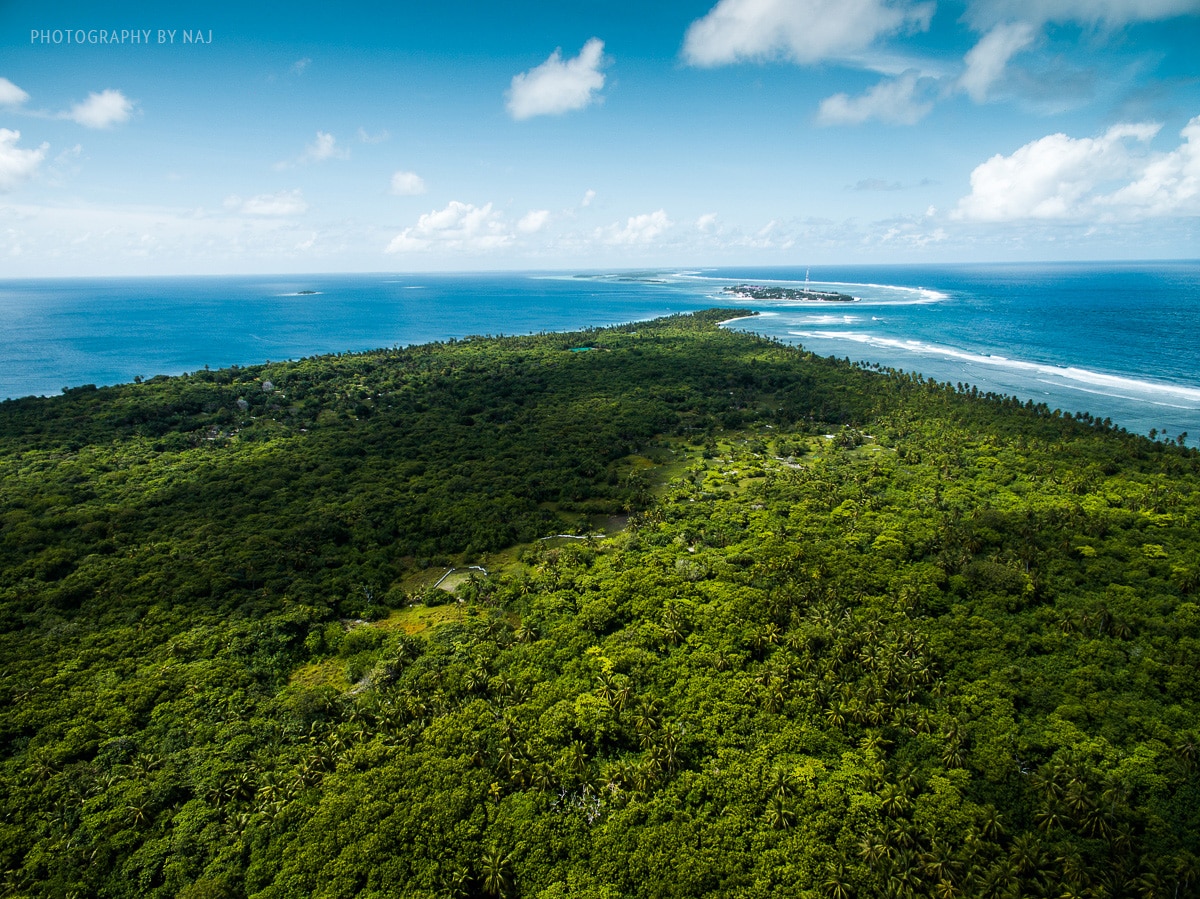
Leave a comment